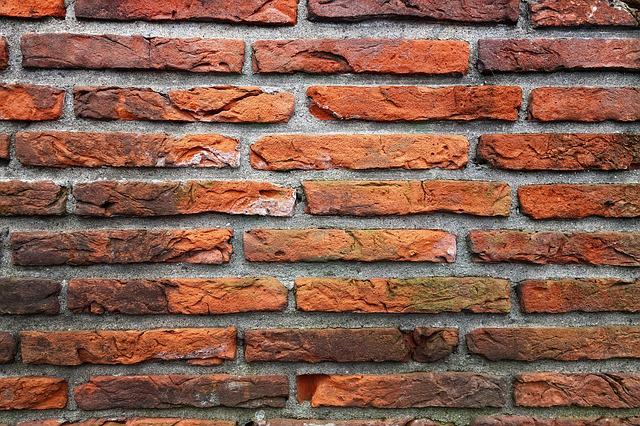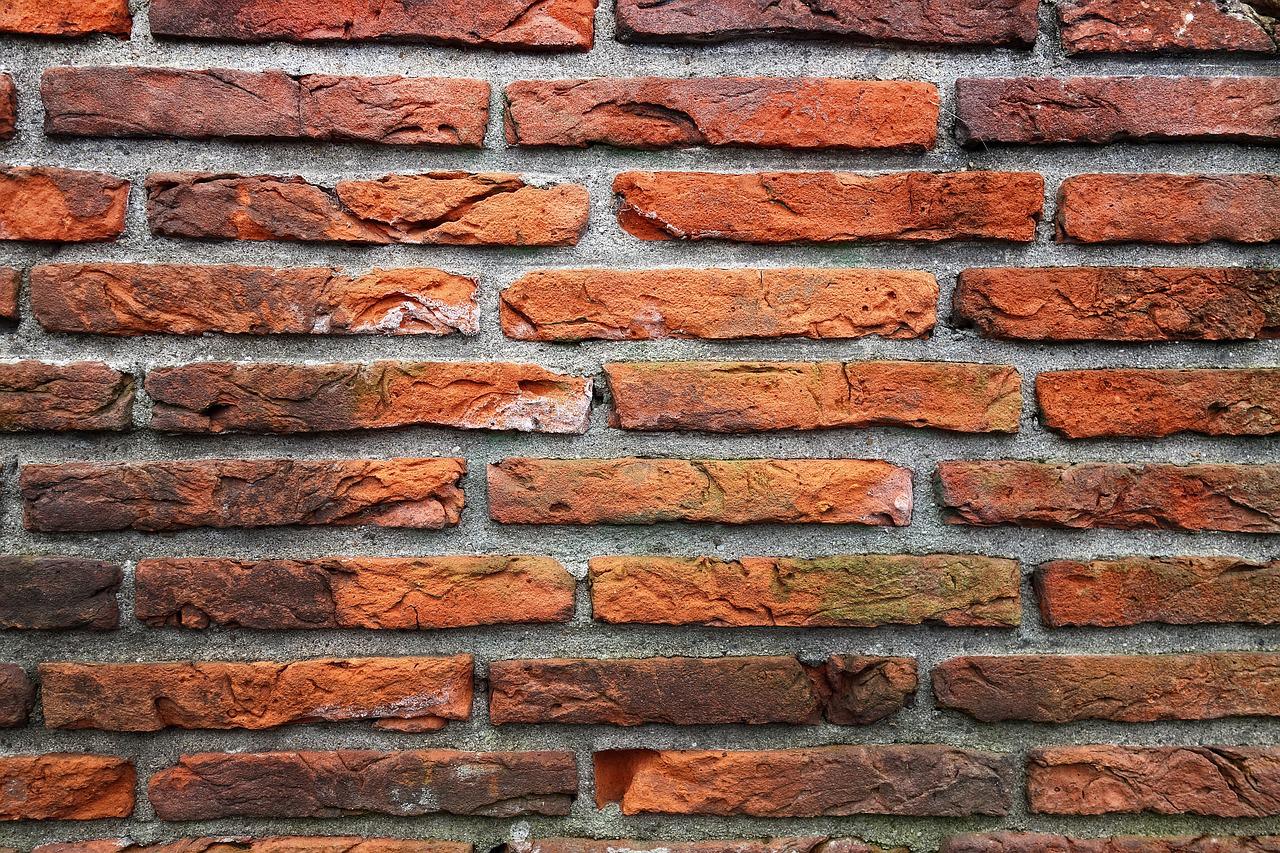Last Updated on June 6, 2023 by Eng Katepa
What is Mortar?, Mortar can be defined as the material used in building construction to bond brick, stone, tile, or concrete blocks into a structure. Mortar consists of inert siliceous (sandy) material mixed with cement and water in such proportions that the resulting substance will be sufficiently plastic to enable ready application with the mason’s trowel and to flow slightly but not collapse under the weight of the masonry units.
Mortar also is an intimate mixture of binding material, fine aggregate, and water. When water is added to the dry mixture of the binding material and the inert material, the binding material develops the property that binds not only the inert material but also the surrounding stones and bricks. If cement is the binding material, then the mortar is known as cement mortar. Other mortars commonly used are lime mortar and mud mortar. The inert material used is sand. In this chapter, first, an introduction is given to the inert material sand, and then the proportioning, mixing, curing, properties, and uses of different mortars are explained.
Sand
Sand is a natural product that is obtained as river sand, Nalla sand, and pit sand. However, sea sand should not be used for the following reasons:
- It contains salt and hence structure will remain damp. The mortar is affected by efflorescence and blisters appear.
- It contains shells and other organic matter, which decompose after some time, reducing the life of the mortar. Sand may be obtained artificially by crushing hard stones. Usually, artificial sand is obtained as a by-product while crushing stones to get jelly (coarse aggregate).
Sand is used in mortar and concrete for the following purpose:
- It sub-divides the paste of binding material into thin films and allows it to adhere and spread
- It fills up the gap between the building blocks and spreads the binding material.
- It adds to the density of the mortar.
- It prevents the shrinkage of the cementing material.
- It allows the carbon dioxide from the atmosphere to reach some depth and thereby improves setting power.
- The cost of cementing material per unit volume is reduced as this low-cost material increases the volume of mortar.
- The silica of sand contributes to the formation of silicates resulting in the hardened mass.
The properties of good sand are:
- It should be chemically inert.
- It should be free from organic or vegetable matter.
- It should be free from salt.
- It should contain sharp, angular, and coarse grains.
- It should be well-graded.
- It should be hard.
Also Read: Materials Engineering
Cement Mortar
For preparing mortar, first, a mixture of cement and sand is made thoroughly mixing them in a dry condition. Water is gradually added and mixed with shovels. The cement-to-sand proportion recommended for various works is as follows:
- Masonry works: (cement: sand) 1:6 to 1:8 respectively
- Plastering masonry: (cement: sand) 1:3 to 1:4 respectively
- Plastering concrete: (cement: sand) 1:3 respectively
- Pointing: (cement: sand) 1:2 to 1:3 respectively
Curing: Cement gains strength gradually with hydration. Hence it is necessary to see that the mortar is wet till hydration has taken place. The process to ensure sufficient moisture for hydration after laying mortar/concrete is called curing. Curing is ensured by spraying water. Curing normally starts 6–24 hours after the mortar is used. It may be noted that in the initial period, the water requirement is more for hydration and gradually it reduces. Curing is recommended for 28 days.
Properties of Cement Mortar: The following are the important properties of cement mortar:
- When water is added to the dry mixture of cement and sand, hydration of cement starts and it binds sand particles and also the surrounding surfaces of masonry and concrete.
- A mix richer than 1:3 is prone to shrinkage.
- Well, proportioned mortar provides an impervious surface.
- A leaner mix is not capable of closing the voids in sand and hence the plastered surface is porous.
- The strength of mortar depends upon the proportion of cement and sand. Strengths were obtained with the various proportion of cement and sand below.
- Sand: Cement ratio; 1:3 should have Compressive Strength of about 10N/mm2
- Sand: Cement ratio; 1:4 should have Compressive Strength of about 7.5N/mm2
- Sand: Cement ratio; 1:5 should have Compressive Strength of about 5.0N/mm2
- Sand: Cement ratio; 1:6 should have Compressive Strength of about 3.0N/mm2
- Sand: Cement ratio; 1:8 should have Compressive Strength of about 0.7N/mm2
Uses of Cement Mortar


Mortar is used
- to bind masonry units like stone, bricks, and cement blocks.
- to plaster slabs and walls make them impervious.
- to give neat finishing to walls and concrete works
- for pointing masonry joints
- for preparing building blocks.
- as a filler material in Ferro cement works.
- to fill joints and cracks in walls.
- as a filler material in stone masonry.
- It forms a homogeneous mass of structure so that it may resist all the loads coming over it and transfers the same uniformly to its foundation.
Also Read: What is Bitumen? Types and Tests of Bitumen
Mortar: Properties of good Mortar
- It should be easily workable.
- It should develop adequate strength in tension, compression, and bond for the work for which it is used.
- It should be durable and should not affect the durability of other materials.
- It should be set quickly so that the speed of construction is ensured.
- It should cohere the bricks or stones to provide a tight joint through which water cannot pass.
- It must be cheap.
- It must be able of developing the calculated stresses.
- The joints formed by mortar should not develop cracks and they should be able to maintain their appearance for quite a long period.
Ingredients of Mortar
The ingredients of various mortars used for different engineering purposes are enumerated and described below.
a. Binding or cementing materials, that is Cement or Lime.
b. Fine aggregates (sand)
c. Water
Types of Mortar and their uses
Lime Mortar
Fat lime and hydraulic limes are used for making lime mortar. If fat lime is used sand mixed is normally 2 to 3 times its volume. If hydraulic lime is used sand mixed is only 2 times the volume of lime. Lime is prepared by pounding if the quantity required is small or by grinding if the required quantity is more
Pounding: For pounding, pits are formed on hard grounds. The size of the pit is usually 1.80 m long, 0.4 m wide, and 0.5 m deep. It is provided with a lining of bricks or stones. Lime and sand dry mixed with the required proportion are placed in the pit. A small quantity of water is added at intervals. In each interval, the mix is pounded with wooden pounders, and the mortar is turned up and down. The process is continued till uniform color and desired consistency are achieved.
Grinding: This is the better way of getting a good mix. The grinding may be carried out in a bullock-driven grinding mill or in a power-driven grinding mill.
Mud Mortar
Clay lumps are collected and wetted with water and allowed to mature for 1 or 2 days. It is kneaded well until it attains the required consistency. Sometimes fibrous materials like rubber are added to the mix. It prevents cracks in the plaster. If the plaster is to be used for outer walls, it is sprayed or painted with bitumen.
It is a cheap mortar. Its durability is less. It is normally used for the construction of temporary sheds and cheap houses in rural areas.
Special Mortar
The following are some of the special mortars:
- Cement Clay Mortar: The quality of clay mortar can be improved by adding cement to the mix. The normal proportion of clay to cement is 1:1. It maintains the economy to some extent and there are sufficient improvements in the durability of mud mortar.
- Gauged Mortar: It is the mortar obtained by adding cement to lime mortar. The usual proportion of cement, lime, and sand is 1:1:6, 1:2:9, and 1:3:12. This mortar is to be used within half an hour after mixing cement. Obviously, it is cheaper than cement mortar and its quality is between that of cement mortar and lime mortar.
- Decorative Mortar: These mortars are obtained by using colored cement. They are used to give a pleasant appearance to outer walls.
Also Read: Structural Engineers
Precautions to be taken when you Use Mortar in any building construction
- All mortars prepared for masonry works should be used as soon as possible with the maximum limit of time, ie, setting the time of that mortar.
- Only a much quantity of cement mortar should be prepared at a time that is likely to be used before the initial setting of time of cement used in mortars.
- All lime mortars after grinding should be kept damp by covering them with wet sacks. They shall never be allowed to go dry.
- Partly set and dried mortars should not be retempered and used.
- The bricks or stones should be thoroughly soaked in water till all the air bubbles cease. Otherwise, they might absorb moisture from mortar and prevent it from setting.
- The mortar should be used as stiff as possible and consistent with workability since excess water weakens the mortar. Grout (a thin liquid mortar) should only be used in joints that cannot be filled by the mortar of proper consistency.
- In the case of masonry work with lime mortars, work after every height of 1.5m or less should be allowed to be set for at least 2 days before starting further construction over it.
- After the work has been laid, it should be kept wet for a week or so to prevent the rapid drying of the mortar particularly in hot weather.
Tests on Mortar
The following tests are conducted on the prepared mortars to ensure their quality:
- Crushing Test
- Tensile Strength Test
- Adhesive Test.
- Setting time test
We hope this article helped you learn more about What is Mortar? | Uses and Tests. You may also want to learn about Concrete | Definition, Ingredients, and Curing, Reinforced Cement Concrete, Types of Glasses for Construction, and Aluminium and Copper as Building Materials.
If you liked this article, please Join WebsiteForEngineers on Telegram, and you can also find us on Pinterest, Twitter, and Facebook.

